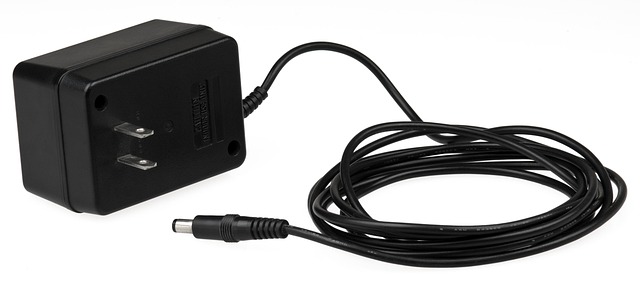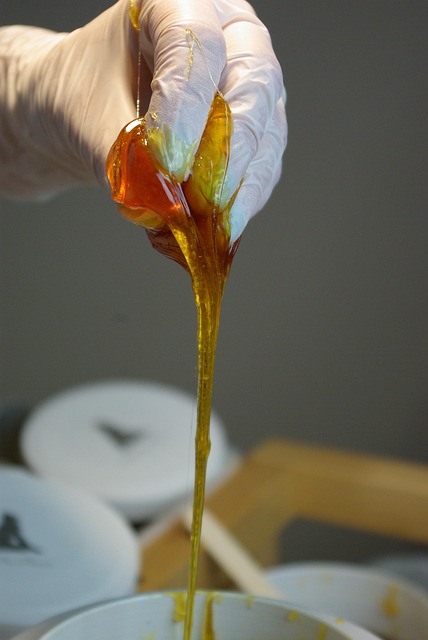Warts persist due to HPV proliferation often fueled by immune system overactivity or skin damage. Trusted wart removal providers address root causes like wound care and hygiene, offering tailored prevention strategies. Understanding HPV lifecycle is crucial for effective management. Post-removal, adhere to provider guidance including cleanliness, avoiding manipulation, protective footwear, good hygiene, and specialized treatments for recurring warts.
Warts can be persistent, but preventing recurrences is achievable with the right strategies. This guide, crafted by a trusted wart removal provider, delves into the root causes and life cycle of warts to offer effective solutions. We’ll explore how identifying and addressing underlying factors can stop future growth. Understanding wart behavior empowers you to implement proven prevention tactics post-removal, ensuring long-lasting results.
- Identify and Address Underlying Causes
- Understand Wart Behavior and Life Cycle
- Implement Effective Prevention Strategies Post-Removal
Identify and Address Underlying Causes

Warts can be stubborn and recurrent, so addressing their root causes is key to long-term prevention. Often, warts are caused by an overactive immune system or skin damage that creates an opportunity for the human papillomavirus (HPV) to take hold. A trusted wart removal provider can help identify any underlying conditions or factors contributing to wart development and recurrence. This might include examining your overall health, suggesting lifestyle changes, or providing guidance on managing specific medical conditions.
For instance, proper wound care after an injury or infection can prevent warts from forming. Additionally, maintaining good hygiene practices, especially after coming into contact with public pools or shared exercise equipment, may reduce the risk of contracting HPV. Some home remedies, like using apple cider vinegar for wart removal in Gloucester or private treatments available in Rotherham, target these potential triggers. However, consulting a professional is crucial to ensure safe and effective prevention strategies tailored to your needs.
Understand Wart Behavior and Life Cycle

Warts are caused by the human papillomavirus (HPV), which can remain dormant for years and re-emerge, leading to recurrent warts. Understanding this viral infection’s behavior and life cycle is crucial when preventing recurrences. The HPV virus has over 100 types, but only a few commonly cause warts on different parts of the body.
For effective prevention, it helps to know that warts have distinct stages: initiation, proliferation, and cessation. During the initiation phase, HPV infects healthy skin cells, leading to cell abnormalities. The proliferation stage sees an increase in wart size as the infected cells divide rapidly. Eventually, the virus may enter a latent period, where the wart may shrink or disappear but can reactivate at any time. Trusted wart removal providers, such as Wakefield Wart Clinic and private wart removal London services, emphasize that knowing this cycle enables better management and prevention strategies, including seeking prompt professional advice from doctors for persistent or recurring warts.
Implement Effective Prevention Strategies Post-Removal

After successfully removing a wart, it’s crucial to implement effective prevention strategies to stop its recurrence. A trusted wart removal provider can offer guidance tailored to your needs. They might recommend keeping the treated area clean and dry, avoiding scratching or picking at the skin, and wearing protective footwear in public places, especially pools and showers, where warts often spread.
Additionally, maintaining good hygiene practices, such as washing hands frequently and avoiding contact with other people’s warts, can significantly reduce the risk of reinfection. For those who have had recurring warts, considering a fast-acting wart remover or exploring private wart removal services in areas like Coventry, Essex, or Southend-on-Sea may be beneficial. These options offer specialized treatments to address the issue more comprehensively.
Preventing wart recurrence involves understanding their behavior, addressing underlying causes, and implementing effective strategies. After removal by a trusted wart removal provider, it’s crucial to be vigilant and proactive. Regularly inspect your skin, keep nails trimmed, and maintain good hygiene to inhibit new warts from forming. Additionally, avoid touching surfaces that may harbor viruses, and consider lifestyle changes to bolster your immune system. By combining these methods, you can significantly reduce the likelihood of wart reoccurrence.
